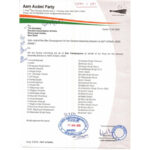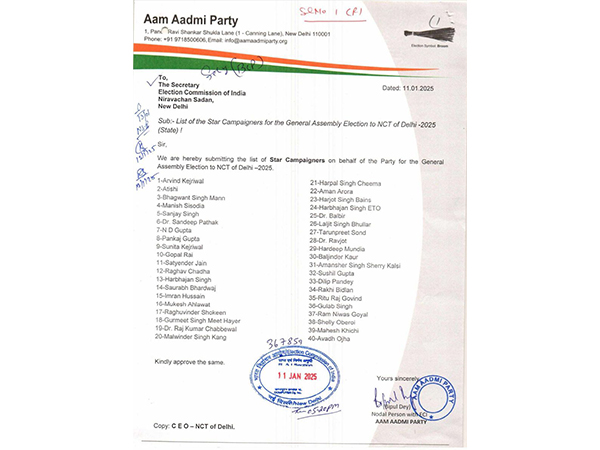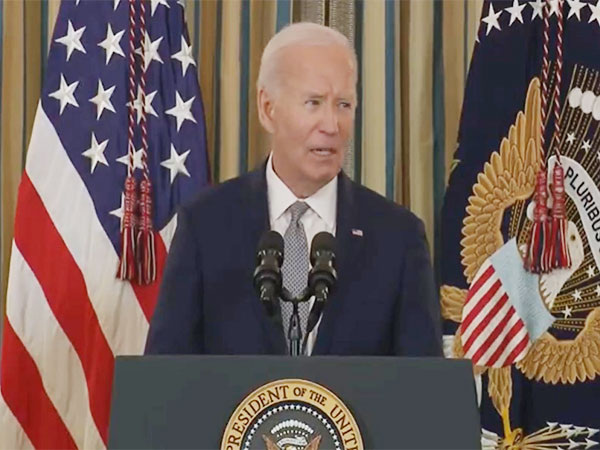
New Delhi [India], October 18 (ANI): The Cabinet Committee on Economic Affairs (CCEA) on Tuesday approved an increase in the minimum support prices (MSP) for all mandated rabi crops for 2023-24 marketing season. Addressing a press conference after a meeting of the union cabinet, Information and Broadcasting Minister Anurag Thakur said that MSP for wheat has been increased by Rs 100 to Rs 2125 for 2023-24.
The minimum supporting price for barley has been hiked by Rs 100 to 1,735, for gram it has been hiked by 105 to Rs 5,335 and for lentil (masur), it has been hiked by Rs 500 to Rs 3,239. The MSP has been hiked for rapeseed and mustard by Rs 400 to Rs 5,450 while for safflower it has been hiked by Rs 209 to Rs 5,650.
An official release said the increase in MSP for rabi crops for the marketing season 2023-24 was in line with the Union Budget 2018-19 announcement of fixing the MSP at a level of at least 1.5 times of the all-India weighted average cost of production aiming at reasonably fair remuneration for the farmers. The maximum rate of return is 104 per cent for rapeseed and mustard, followed by 100 per cent for wheat, 85 per cent for lentil, 66 per cent for gram, 60 per cent for barley and 50 per cent for safflower. The release said there had been a renewed focus on increasing the production of oilseeds and pulses from 2014-15 and the efforts had yielded good results.
Oilseeds production has increased from 27.51 million tonnes in 2014-15 to 37.70 million tonne in 2021-22 (fourth advance estimates). Pulses production has shown a similar increasing trend, it said. The release said the Seed Minikits programme is a major tool for introducing new varieties of seeds in the farmers’ fields and is instrumental for increasing the seed replacement rate.
It said the productivity of pulses and oilseeds has increased substantially since 2014-15. In the case of pulses, productivity has increased from 728 kg/hectare (2014-15) to 892 kg/hectare (fourth advance estimates, 2021-22), an increase of 22.53 per cent.
Similarly, in oilseed crops, productivity has increased from 1,075 kg/ha (2014-15) to 1292 kg/ha (fourth advance estimates, 2021-22). The release said the government’s priority is on increasing the production of oilseeds and pulses and fulfilling the objective of Atmanirbhar Bharat.
The formulated strategies are to increase production through area expansion, productivity through high-yielding varieties (HYVs), MSP support and procurement. The release said the government is also promoting the adoption of smart farming methods through the use of technology and innovation in the agriculture sector in the country and that it is implementing a Digital Agriculture Mission (DAM), which includes India Digital Ecosystem of Agriculture (IDEA), farmers database, Unified Farmers Service Interface (UFSI), funding to the states on the new technology (NeGPA), revamping Mahalnobis National Crop Forecast Centre (MNCFC), soil health, fertility and profile mapping.
Under NeGPA programme, funding is given to state governments for digital agriculture projects using emerging technologies like artificial intelligence and machine learning (AI/ML), Internet of Things (IoT) and Blockchain among others.
The release said the adoption of drone technologies is being done and to promote smart farming, the government also promotes startups in the agriculture sector and nurtures agri-entrepreneurs. (ANI)















